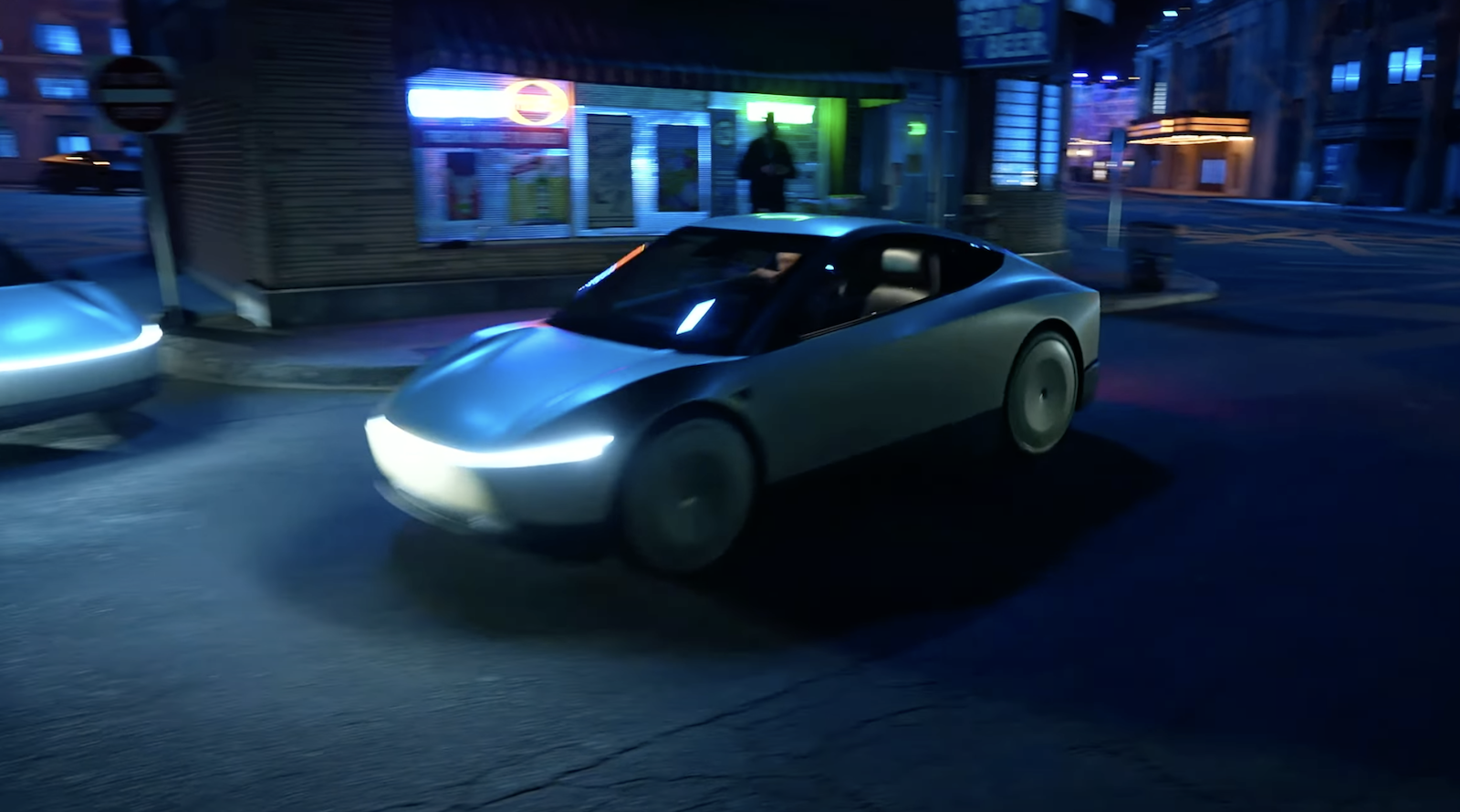Sign up for daily news updates from CleanTechnica on email. Or follow us on Google News!
New 90% target gives European carmakers, airlines and shipping companies the investment certainty that clean technology is here to stay, whilst Europe can sigh a breath of relief at the prospect of becoming energy independent.
The EU’s plan to reduce its emissions by 90% by 2040 marks a historic day for the climate. But, the announcement out today makes no mention of a phase out of oil and gas, even though this is imperative to meet the target. Last December, the COP28 agreement committed to transition away from fossil fuels. The EU played an essential role in getting this language adopted, stating clearly it would get rid of unabated fossil fuels. Yet the Commission’s new communication still projects 46 million tonnes of oil equivalent (Mtoe) of unabated oil and gas generation, which it says will mostly be used for long distance transport in 2050. That would be enough to continue powering 900,000 transatlantic flights, adding a needless 140 million tonnes of CO2 in the atmosphere.
“Today, the EU showed the world how you can turn real climate ambition into powerful industrial policy. Industry players at home and outside of Europe can turn to the EU for production and sales of green tech, as they can be assured of a growing market and predictable demand. But this headline goal will fall flat if it doesn’t come hand in hand with a phase out of fossil fuels and new laws cracking down on the oil majors. Europe will desperately try to meet a 2040 goal whilst still feeding on fossil fuels. But you simply can’t outrun a bad diet,” Sofie Defour, climate director at T&E, explains.
Cars
The Commission projects that 60% of cars will be electrified by 2040. This is a huge step in the right direction, but meeting this target will require new policies on top of the existing car CO2 standards. Forthcoming T&E analysis will show that the required CO2 emissions cuts can be reached by accelerating electrification of new cars instead of feeding the legacy fleet with inefficient and more expensive e-fuels or biofuels. As the Commission’s communication rightly points out, these fuels should be prioritised for the aviation and maritime sector.
Additional measures to accelerate the uptake of electric cars in Europe to 60% are needed, T&E says. These include a binding target for all new corporate cars and vans to be 100% electric by 2030, combustion car scrappage schemes and retrofitting of older petrol and diesel cars into electric vehicles. In addition, a stop to new road building would put a cap on car activity. Scrapping old fossil cars and recycling materials in them while accelerating the demand for electric alternatives offers a huge opportunity for the EU’s car industry, T&E adds.
Ships
As required by the EU Climate Law, the inclusion of international shipping emissions in the scope of the target is a welcome step forward for a sector too often ignored in climate legislation. This comes nine years after the Paris Climate Agreement said countries were responsible for their share of shipping and aviation emissions. While it is also encouraging to see the Commissions’ recommendation to regulate emissions from small vessels, it is essential that the next Commission follows up with policies to ensure their decarbonisation.
Planes
In aviation, the scope of emissions reductions is inadequate. The Commission has failed to take into account aviation’s biggest climate impact – extra-EU emissions and non-CO2 warming effects. The target fails to match even the ambition of the existing ReFuelEU Aviation regulation, which requires green fuels deployment for all the flights taking off from EU airports.
Although the documents state that new EU policies will be assessed to tackle long-haul emissions and non-CO2 effects, the target itself ignores them. This means more than 60% of the EU’s aviation climate impact has been overlooked [1]. While T&E welcomes plans to increase the ambition of the law on sustainable aviation fuels (ReFuelEU), the failure of ambition on extra-EU emissions and non-CO2 undermines the whole package.
“The flaws and loopholes in the text are all fixable. The EU shouldn’t undermine its own effort to slash millions of tonnes of CO2 by caving into the pressure of a handful of polluting industries. It’s time to put an end to uncontrolled growth and profit of transport’s biggest polluters and instead focus on helping them go green by 2040,” Sofie Defour concludes.
[1] Based on 2023 emissions split between intra-EU and extra-EU flights.
Article first published on T&E website. or Courtesy of T&E
Have a tip for CleanTechnica? Want to advertise? Want to suggest a guest for our CleanTech Talk podcast? Contact us here.
Latest CleanTechnica TV Video
I don’t like paywalls. You don’t like paywalls. Who likes paywalls? Here at CleanTechnica, we implemented a limited paywall for a while, but it always felt wrong — and it was always tough to decide what we should put behind there. In theory, your most exclusive and best content goes behind a paywall. But then fewer people read it!! So, we’ve decided to completely nix paywalls here at CleanTechnica. But…
Thank you!
CleanTechnica uses affiliate links. See our policy here.



